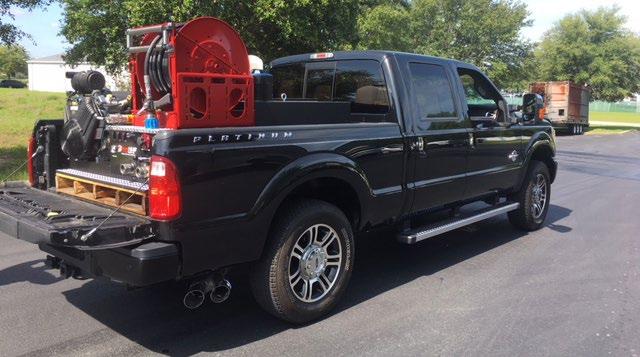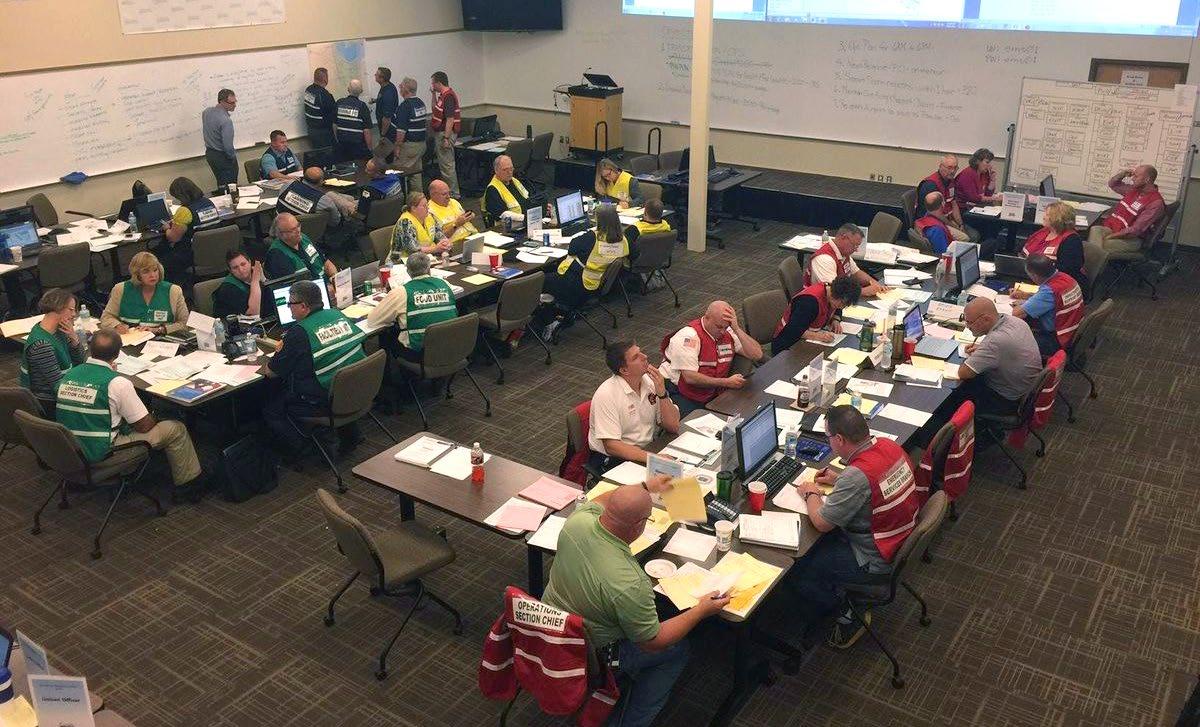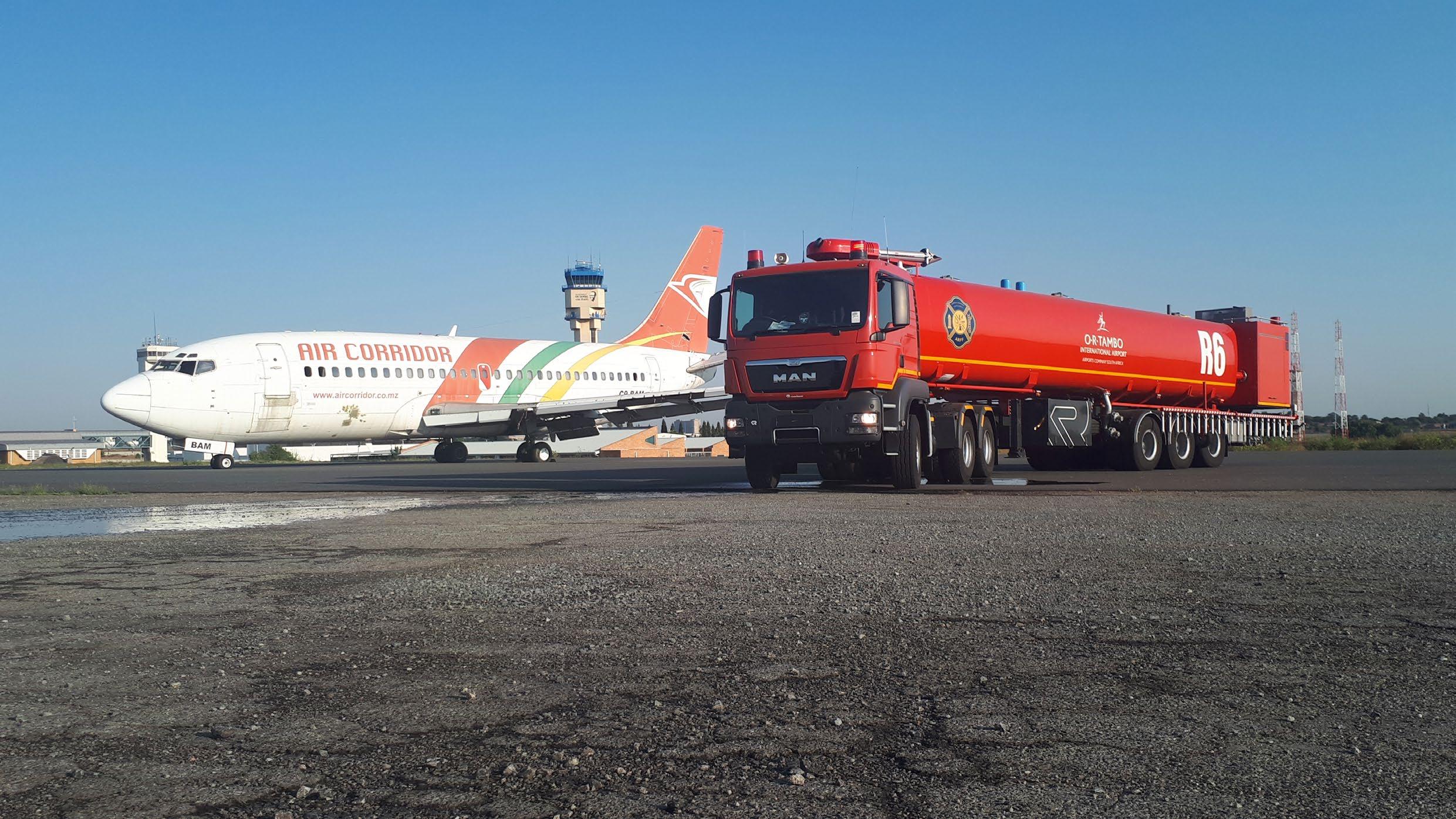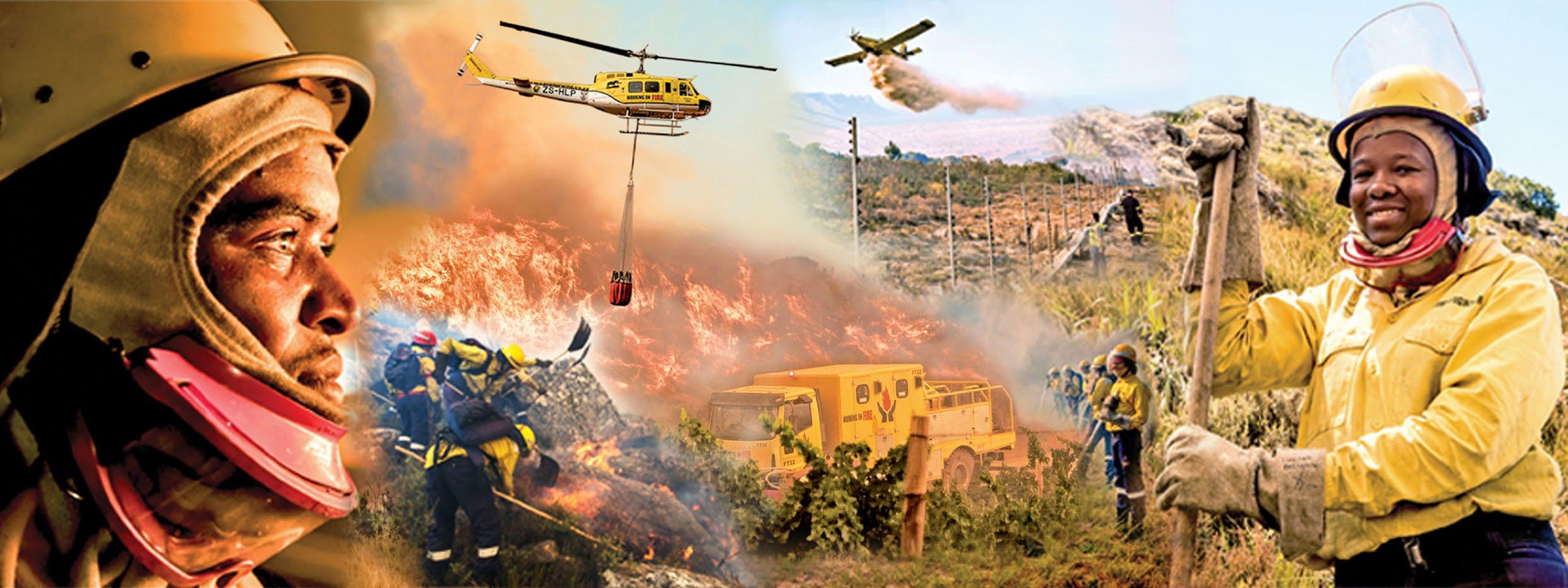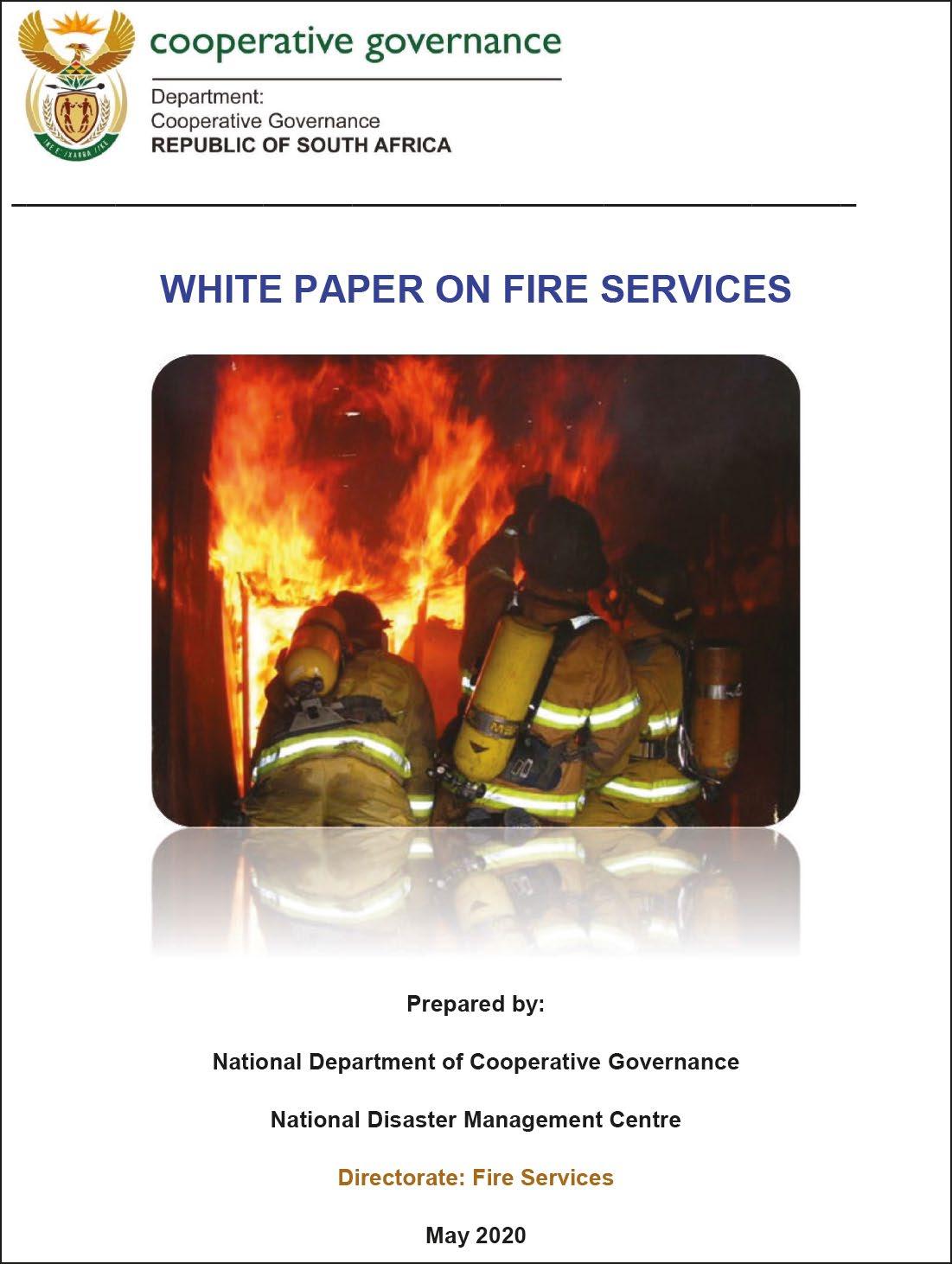Wildfires
Commanding the wildland/urban interface By Colin Deiner, chief director, disaster management and fire brigade services, Western Cape Government Recent major wildland fires across the world, particularly in Australia, Portugal and California, have stressed the increasing threat that major wildfires pose to inhabited areas
R
ecent major wildland fires across the world, particularly in Australia, Portugal and California, have stressed the increasing threat that major wildfires pose to inhabited areas. More and more people are moving into the wildland urban interface (WUI) for different reasons. This places an extra responsibility on both urban fire services and specialised wildfire services to realise the added risk posed by this situation and to develop strategies and tactics to support each other during such operations.
non-existent, except for roads, railroads, powerlines, etc and any structures are widely scattered. The wildland/urban interface is defined by the US National Wildfire Coordinating Group as the zone where structures and other human development meet or intermingle with undeveloped wildland or vegetative fuels. This is the area where a wildland fire can potentially ignite structures. Due to the area of fire spread caused by a wildfire the risk is clear that several structures could be affected if the conditions are right.
What is the WUI? The term ‘wildland’ refers to an area in which development is essentially
There are broadly two types of people that live within the WUI. The first group is comprised of low income and
Volume 5 | No 5
poverty stricken communities who have mostly settled in cities to find work and escape the depravations of the rural areas. They live in shacks in informal settlements on the urban edge, which are constructed of mainly flammable materials with no fire protection whatsoever. These people are not only at risk from wildfires that have started outside their occupied spaces but are also capable of starting fires which could spread into the wildland environment. The second group is those who fall in a much higher income bracket and occupy dwellings that bring them ‘closer to nature’. Due to their intention to live as close to the FIRE AND RESCUE INTERNATIONAL | 13




